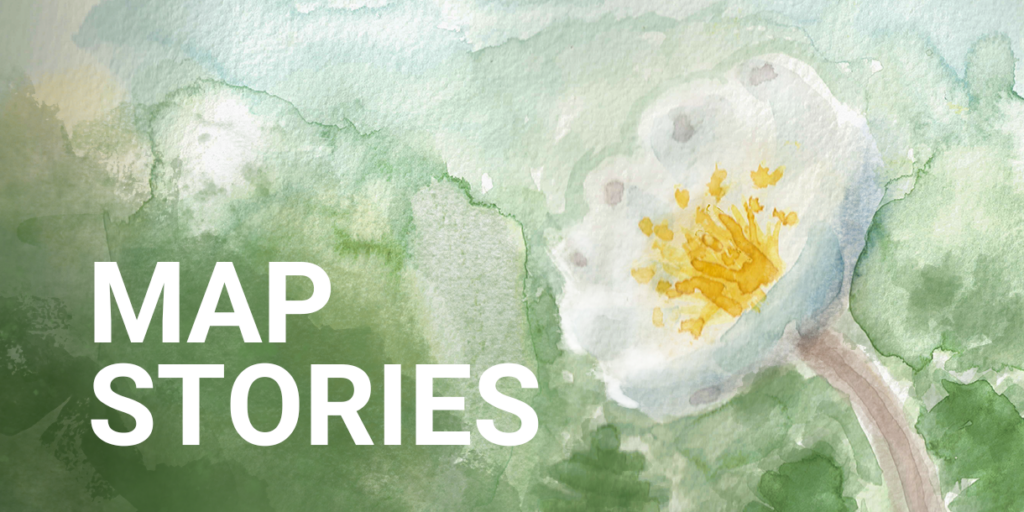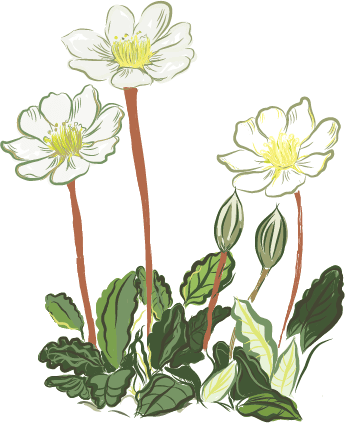What happened to the seven bridges in Königsberg?
February 2nd, 2024
5 min
Datawrapper lets you show your data as beautiful charts, maps or tables with a few clicks. Find out more about all the available visualization types.
Our mission is to help everyone communicate with data - from newsrooms to global enterprises, non-profits or public service.
We want to enable everyone to create beautiful charts, maps, and tables. New to data visualization? Or do you have specific questions about us? You'll find all the answers here.
Data vis best practices, news, and examples
250+ articles that explain how to use Datawrapper
Answers to common questions
An exchange place for Datawrapper visualizations
Attend and watch how to use Datawrapper best
Learn about available positions on our team
Our latest small and big improvements
Build your integration with Datawrapper's API
Get in touch with us – we're happy to help

Hi hi! This is Eleni from the map team, contributing my first-ever Map Story! It was inspired by the book “About Plants: Narratives – Short Stories about Plants that Changed the World” by Yiannis Manetas.
After focusing so intensely on U.S. politics and election maps the past weeks, I felt the need to dive into my old archaeological habits and explore the ecology and history of the flower Dryas octopetala — a tiny white flower with a big influence among palaeontologists.

Dryas octopetala, commonly known as mountain avens, is a psychrophilic (cold-loving) white wildflower that thrives in low temperatures and open bright spaces with minimal forest canopy shade. It grows well in the Arctic but can also be found in high-altitude regions further south.
Dryas plants have a tendency to spread in all directions, allowing their seeds to settle in the most friendly habitat available. These distribution patterns are therefore influenced by both climate and topography.
Pleistocene (adj.) from Greek πλεῖστος (pleîstos) "most" (superlative of polys "much;" see pleio-) + -cene "recent."
Oxford English Dictionary
Our flower became common in Europe during the last phase of the Pleistocene epoch (20.000 -12.000 years before present) when the climate was around around 5–10°C cooler and glaciers extended further south. It was one of the main species of the open steppe-tundra ecosystems that covered Central Europe at that time. Because the evidence of Dryas’ spread was crucial in determining the climatic conditions of this era, paleontologists have named three separate geological periods after this small flower: the Oldest Dryas, Older Dryas, and Younger Dryas:
The first piece of evidence: Great quantities of D. octopetala’s pollen have been found in rock fragments in southern areas of the global north. Pollen is unique to each plant species, and the outer sheath of these tiny grains is incredibly durable — strong enough to resist fossilisation. Since we know the age of the fragments, the pollen inside must come from the same time period, providing valuable clues about past climate conditions, making it an exciting find for paleobotanists.
The second clue: Today, Dryas octopetala has an uneven distribution and lives in fragmented habitats around the world. This suggests that the flower migrated southward from the North Pole at a time when extended glaciers connected these areas in a continuous cold-climate zone.
As the climate warmed, our flower was forced to retreat back to the north or find a way to stay cool at lower latitudes. During this long-running process, D. octopetala found refuge on mountaintops, where the weather stayed cool. These zones are called refugia — cold “islands” separated by warmer lowlands.

Refugia are like islands on land, isolated ecological pockets that offer protection to species that once thrived over a greater area. They consist of patches of suitable safe-zone surrounded by areas that are uninhabitable for these species.
This divide is caused by a stressor — in our case, the rising temperatures that Dryas octopetala could not survive. In the present, environmental changes and the climate crisis have forced more and more plants and animals into refugia. But as these safe pockets continue to shrink, one question becomes pressing: Where will they go once these last havens are no longer enough?
Thank you for reading! We'll be back with more Map Stories soon.
Comments